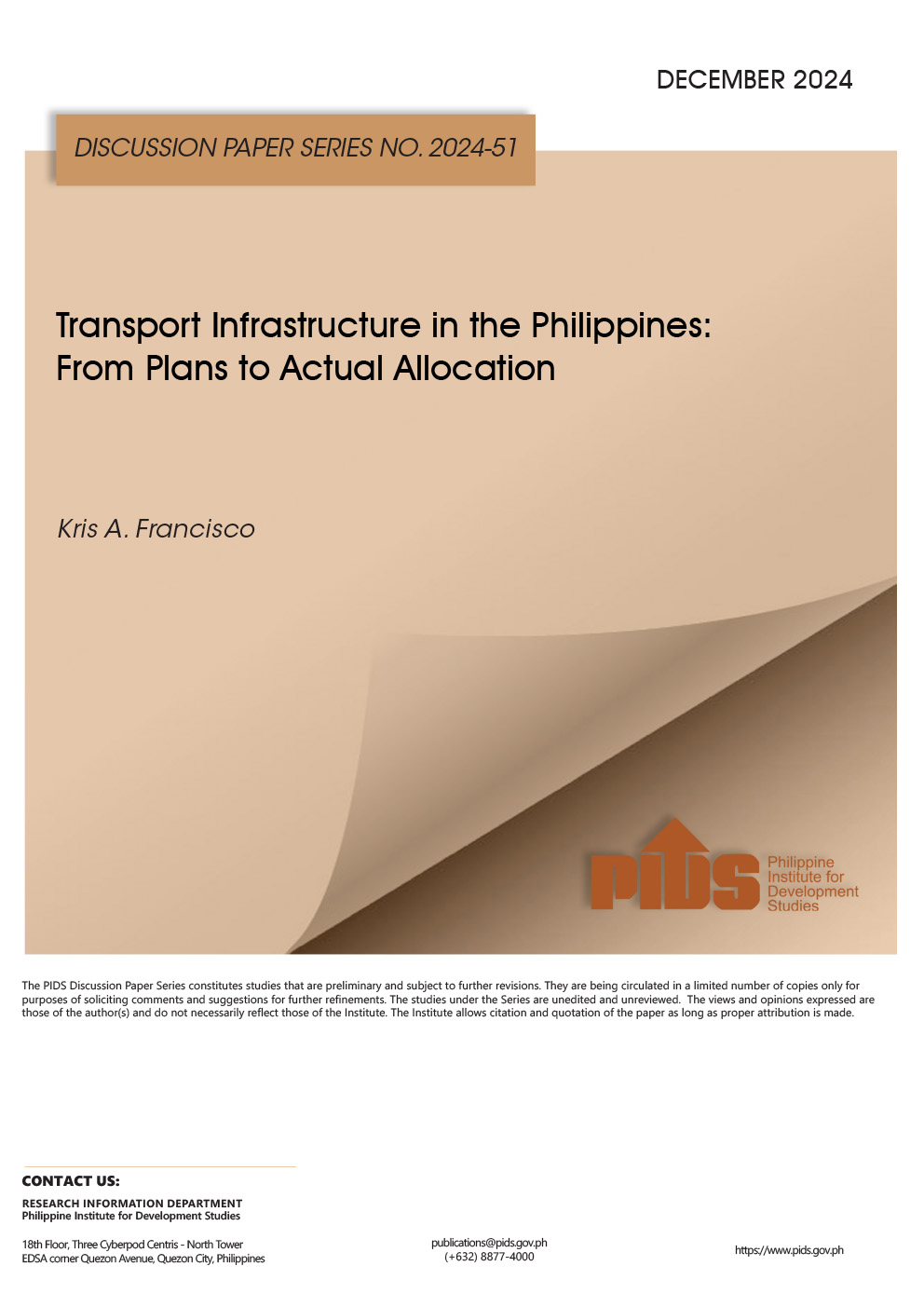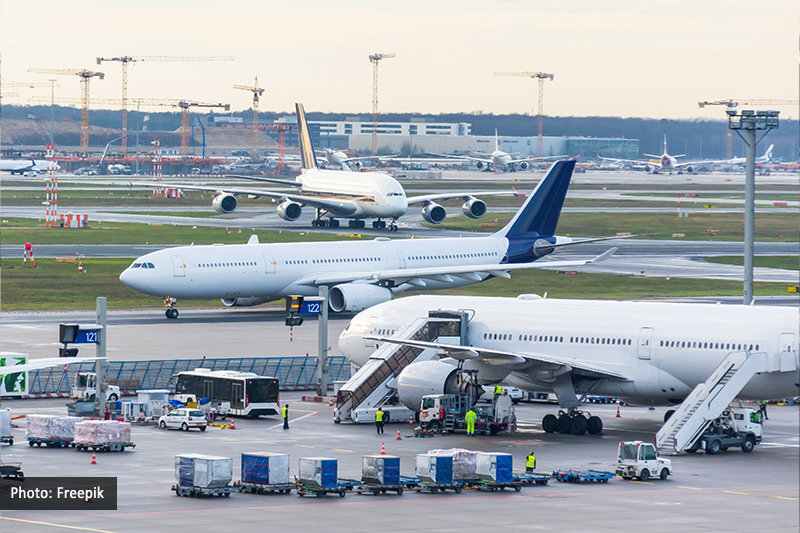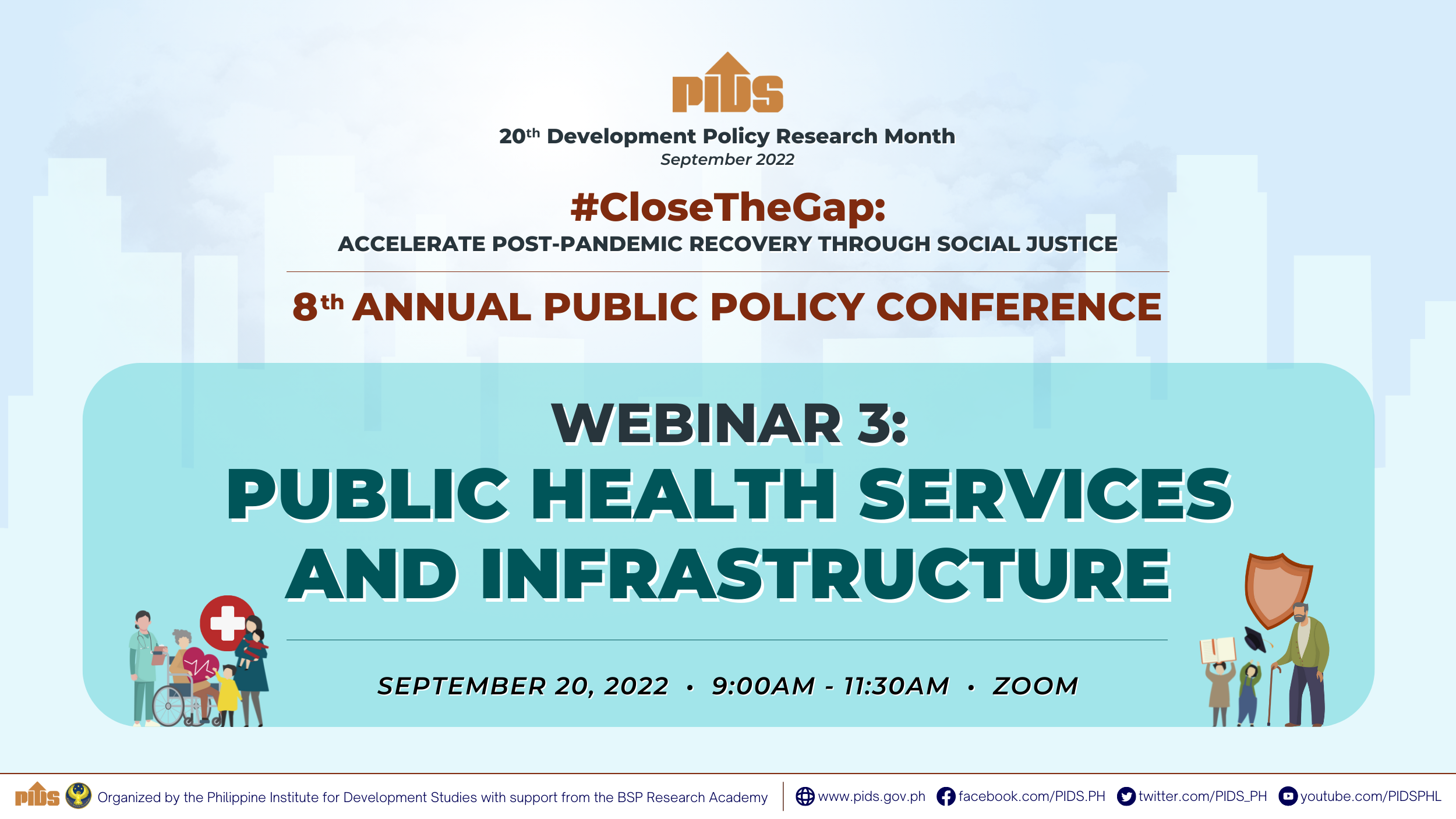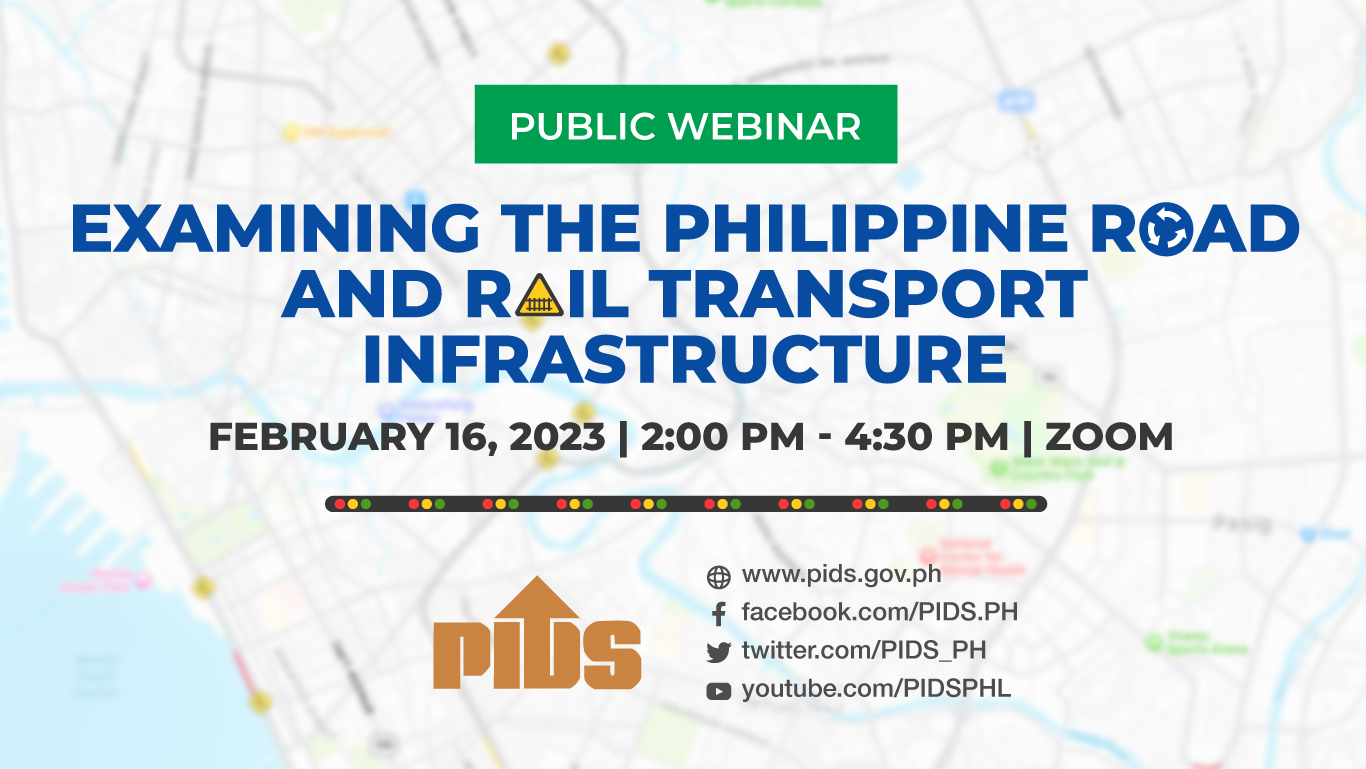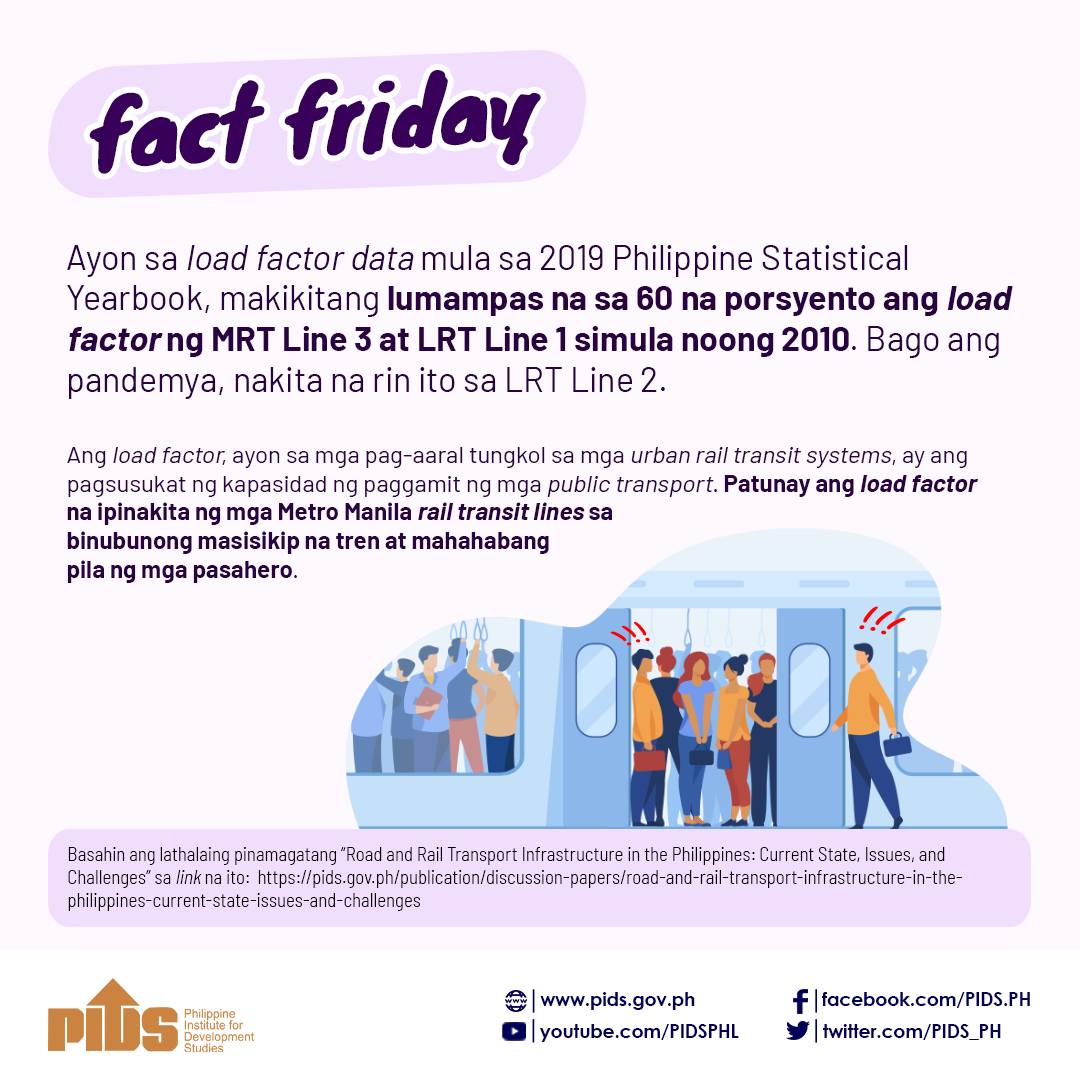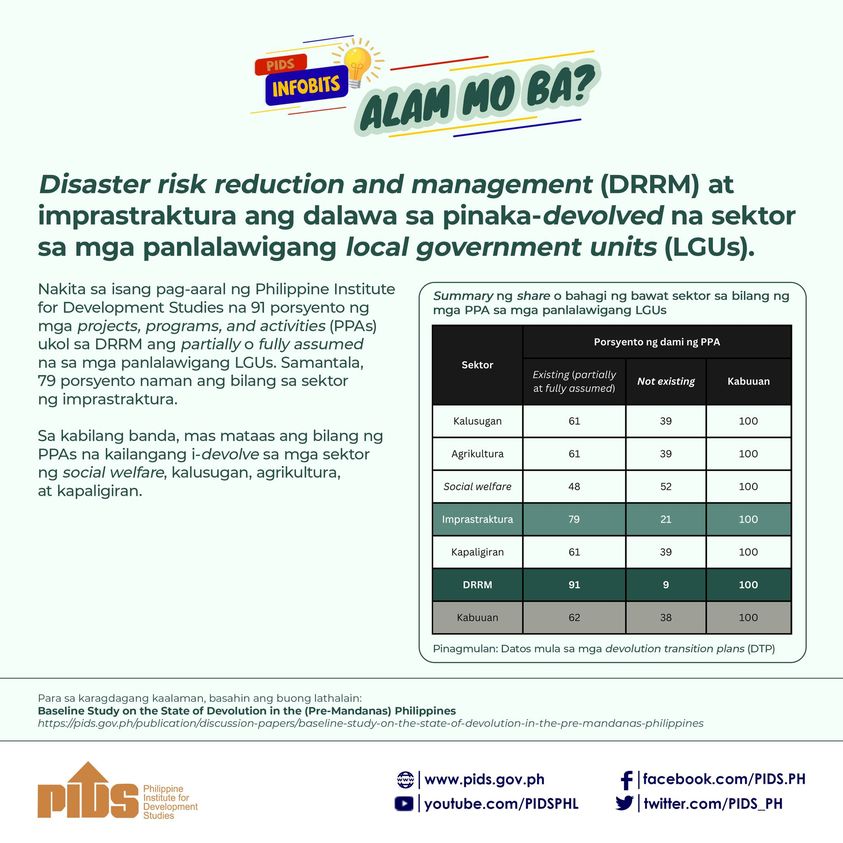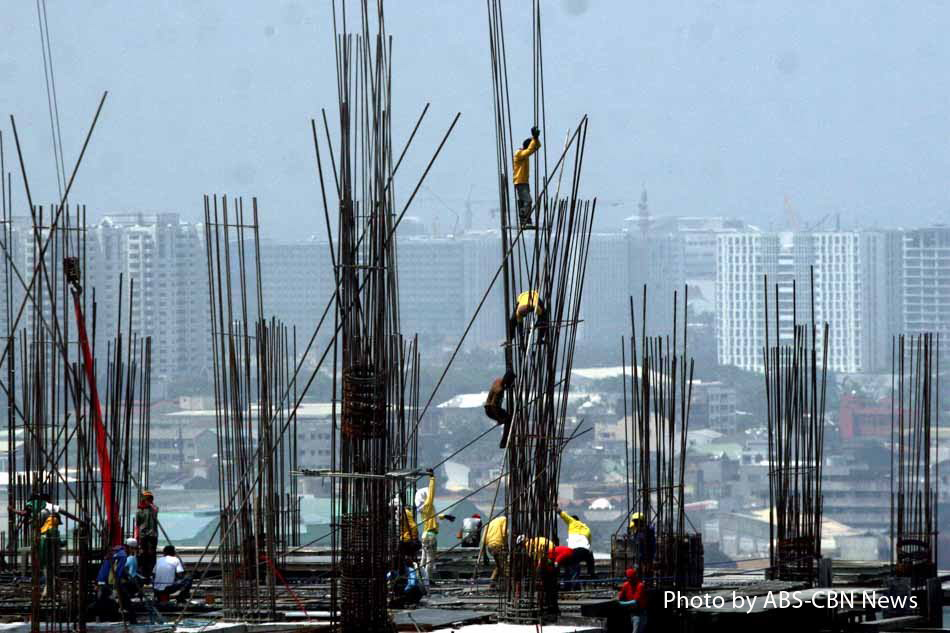
As the Duterte administration’s flagship infrastructure program, Build Build Build, takes off, the government should improve its planning and programming systems, both at the national and agency levels.
In a recent study published by state think tank Philippine Institute for Development Studies, author Epictetus Patalinghug, citing World Bank's report, said the government needs to address the “particularly low efficiency rate of public transport spending and the high levels of corruption”, before it boosts infrastructure spending.
The Philippines ranks lowest among the original five members of the Association of Southeast Asian Nations in terms of quality of infrastructure, according to the Global Competitiveness Report 2014-2015. While efforts have been made to address some of the problems, Patalinghug asserts that there are still some weaknesses in the country’s planning and programming systems for infrastructure projects.
Furthermore, Patalinghug said the Department of Public Works and Highways should already “project the number of new engineers it needs and submit a funding proposal to the Department of Budget and Management” if it wants to keep up with the burgeoning demands of the Build, Build, Build program.
Meanwhile, the study also tackled equally important issues hounding the system, such as lack of skills, project preparation, and documentation.
Currently, budget resources and costs need to be planned over multiple years because of the multiyear nature of infrastructure projects. However, “specialized skills which are crucially needed to evaluate projects and manage their implementation are lacking” for both the oversight and implementing agencies, Patalinghug pointed out.
He added that these can be addressed by “intensifying training at all levels of government” and “establishing tie-up arrangements with think tanks and research institutes”—similar to what Chile, Norway, and Ireland are doing.
According to the author, the National Economic and Development Authority should “assume the responsibility of processing and evaluating large infrastructure projects, particularly the 75 big ticket items of the Build, Build, Build program”, and handle the capacity-building program in project analysis for government officials.
He also highlighted the issue on transparency, citing NEDA’s lack of “publicly accessible databank of completed projects to provide input to policy research and gain insights on lessons learned from past project management experience” that are needed for more efficient planning. To address this, the study urged NEDA to put up an online public investment project database of infrastructure projects to “facilitate efficient, coordinated, and evidence-based policymaking”.
On the part of the Department of Transportation, Patalinghug advised the agency to address its institutional weakness by formulating an organizational plan and staffing pattern, explaining further that, at present, it doesn’t have an undersecretary for planning nor in-house competence in project analysis and relies mainly on external consultants.
In the long run, Patalinghug said the government should be able to streamline the approval of infrastructure projects to do away with the multilayered approval process and to establish a multiyear planning and budgeting system that is consistent with the long-term fiscal projections. ###
This press release is based on the PIDS discussion paper titled, “Assessment of Planning and Programming for Capital Projects at the National and Agency Levels”.
In a recent study published by state think tank Philippine Institute for Development Studies, author Epictetus Patalinghug, citing World Bank's report, said the government needs to address the “particularly low efficiency rate of public transport spending and the high levels of corruption”, before it boosts infrastructure spending.
The Philippines ranks lowest among the original five members of the Association of Southeast Asian Nations in terms of quality of infrastructure, according to the Global Competitiveness Report 2014-2015. While efforts have been made to address some of the problems, Patalinghug asserts that there are still some weaknesses in the country’s planning and programming systems for infrastructure projects.
Furthermore, Patalinghug said the Department of Public Works and Highways should already “project the number of new engineers it needs and submit a funding proposal to the Department of Budget and Management” if it wants to keep up with the burgeoning demands of the Build, Build, Build program.
Meanwhile, the study also tackled equally important issues hounding the system, such as lack of skills, project preparation, and documentation.
Currently, budget resources and costs need to be planned over multiple years because of the multiyear nature of infrastructure projects. However, “specialized skills which are crucially needed to evaluate projects and manage their implementation are lacking” for both the oversight and implementing agencies, Patalinghug pointed out.
He added that these can be addressed by “intensifying training at all levels of government” and “establishing tie-up arrangements with think tanks and research institutes”—similar to what Chile, Norway, and Ireland are doing.
According to the author, the National Economic and Development Authority should “assume the responsibility of processing and evaluating large infrastructure projects, particularly the 75 big ticket items of the Build, Build, Build program”, and handle the capacity-building program in project analysis for government officials.
He also highlighted the issue on transparency, citing NEDA’s lack of “publicly accessible databank of completed projects to provide input to policy research and gain insights on lessons learned from past project management experience” that are needed for more efficient planning. To address this, the study urged NEDA to put up an online public investment project database of infrastructure projects to “facilitate efficient, coordinated, and evidence-based policymaking”.
On the part of the Department of Transportation, Patalinghug advised the agency to address its institutional weakness by formulating an organizational plan and staffing pattern, explaining further that, at present, it doesn’t have an undersecretary for planning nor in-house competence in project analysis and relies mainly on external consultants.
In the long run, Patalinghug said the government should be able to streamline the approval of infrastructure projects to do away with the multilayered approval process and to establish a multiyear planning and budgeting system that is consistent with the long-term fiscal projections. ###
This press release is based on the PIDS discussion paper titled, “Assessment of Planning and Programming for Capital Projects at the National and Agency Levels”.


